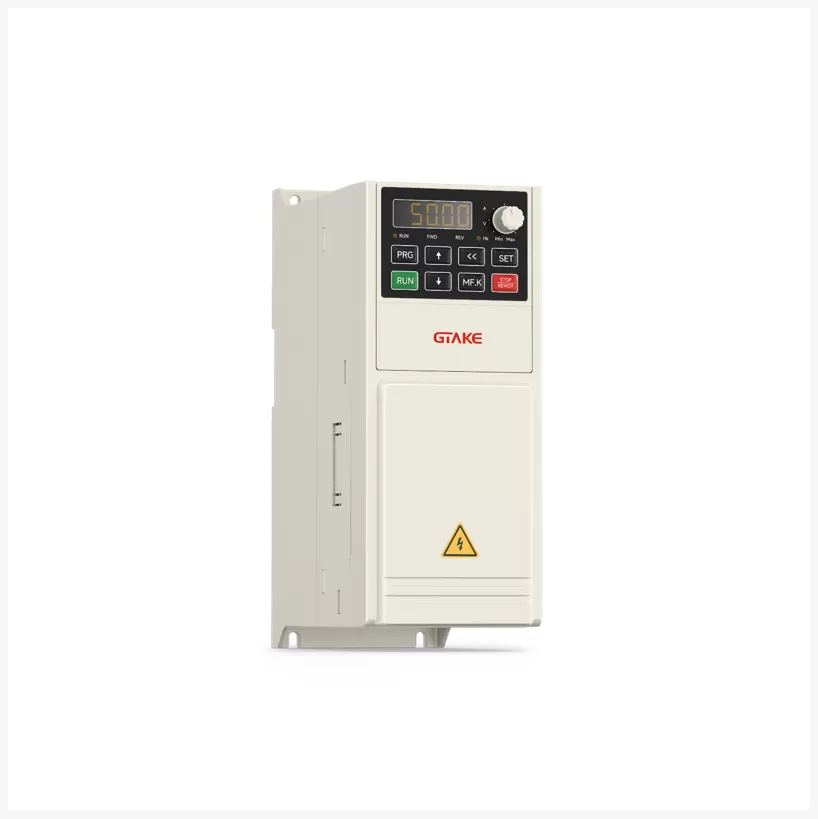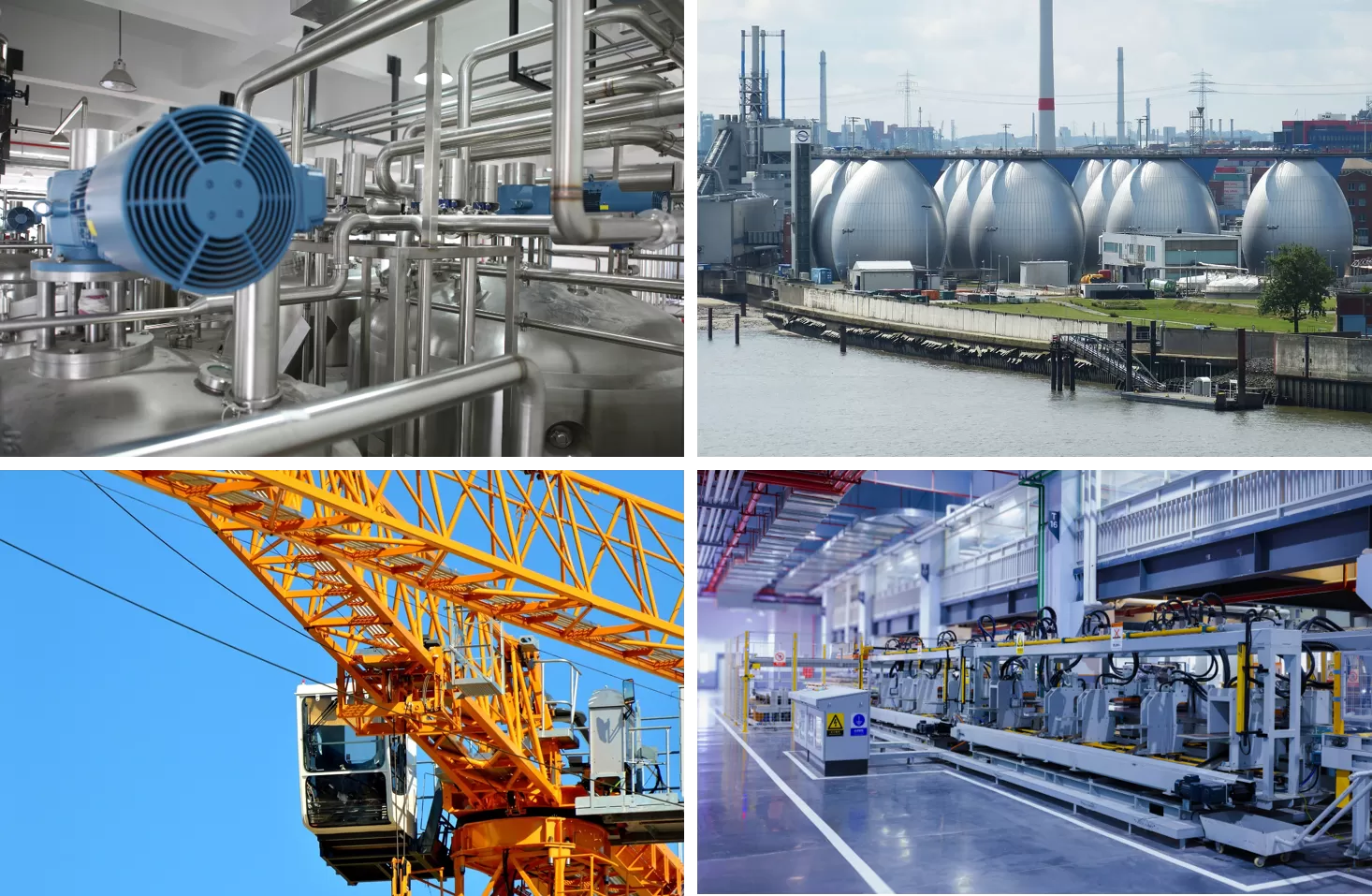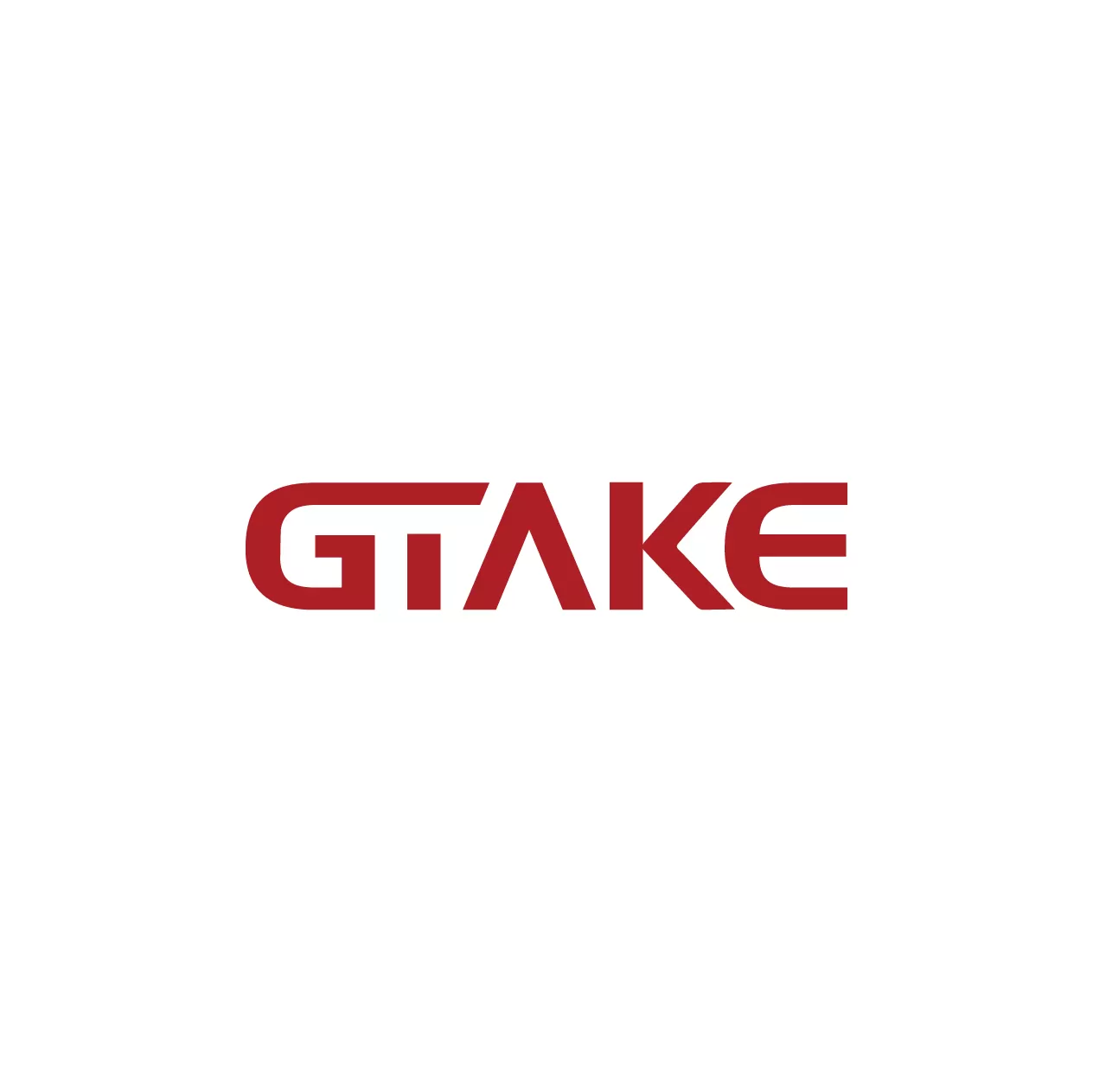The frequency converter, also known as a variable frequency drive (VFD), is a power control device that adjusts the speed of an AC motor by changing the frequency of its power supply. It is widely used in industrial applications to improve efficiency, optimize performance, and reduce energy consumption. However, the correct selection of a frequency converter depends largely on the type of load it drives. Understanding load characteristics is essential to ensure smooth operation and long equipment life.
In practice, production machinery is often divided into three categories: constant torque load, constant power load, and fan or pump load (variable torque load). Each type has distinct features and requirements when paired with a frequency converter.
Constant Torque Loads (Heavy Duty Applications)
A constant torque load is one where the torque required by the machine remains the same at all speeds. In other words, the load torque is independent of the motor speed. Examples include conveyor belts, mixers, kneaders, cranes, and screw compressors. These machines demand consistent torque regardless of operating conditions.
When a frequency converter drives a constant torque load, it must deliver sufficient torque at low speeds. This is especially important in heavy-duty applications where the machine may encounter high resistance or require strong starting torque. For example, a conveyor belt carrying materials at low speed still needs full torque to keep the load moving.
Another consideration is heat dissipation. Motors running at low speed with constant torque may experience increased temperature rise. To prevent overheating, both the motor and VFD must be designed with adequate cooling and overload capacity. Therefore, when selecting a frequency converter for constant torque applications, ensuring strong low-speed torque and robust overload protection is critical.

Constant Power Loads
The second type is the constant power load, where the power remains nearly constant while torque and speed are inversely proportional. Typical examples are machine tool spindles, rolling mills, winders, and paper machines. In these cases, when the speed increases, the torque decreases proportionally, and vice versa.
The load characteristics of constant power applications are usually divided into two zones: a constant torque zone at low speed and a constant power zone at higher speeds. For example, in machine tools, the spindle needs high torque at low speed for cutting, but when the speed increases, the torque requirement drops while the power remains steady.
When selecting a frequency converter for constant power loads, it is essential to match the motor’s operating range with the load’s requirements. In constant flux speed regulation, the motor delivers constant torque. In field weakening speed regulation, the motor operates in constant power mode. If the motor’s torque and power ranges align with the load’s demands, the system can achieve high efficiency with minimal equipment size. This makes proper VFD selection a key factor in achieving reliable and cost-effective operation.
Variable Torque Loads (Fans and Pumps)
The third type is the variable torque load, which includes fans, water pumps, and oil pumps. For these applications, the torque is roughly proportional to the square of the speed, while the power is proportional to the cube of the speed. This means that even a small increase in speed results in a significant rise in power demand.
For example, if the speed of a centrifugal pump is cut in half, the required torque decreases to one-quarter, and the power drops to one-eighth. This makes variable torque loads highly energy-sensitive and ideal candidates for VFD control. By adjusting the motor speed according to the required flow or air volume, frequency converters can achieve significant energy savings.
However, because power demand rises very quickly with speed, these loads must not exceed the rated frequency. Operating above the rated point could cause excessive energy consumption and damage the equipment. Therefore, in fan and pump applications, the primary advantage of frequency converters is efficient flow control and substantial energy saving.
Continuous and Cyclic Loads
Beyond the three basic load types, it is also important to consider whether a load is continuous or cyclic. Continuous loads run steadily over time and are relatively easier to manage in terms of thermal design. Cyclic loads, on the other hand, involve frequent starting and stopping, which may lead to repetitive overloads. This can strain the motor and frequency converter, potentially reducing their lifespan.
When dealing with cyclic applications, engineers must evaluate the duty cycle and ensure that both the motor and VFD can handle repeated overloads without overheating. Proper dimensioning and thermal capacity are critical for long-term reliability.
Regenerative Applications
Some machines, such as elevators or certain winding systems, may operate in regenerative conditions. In these cases, the motor can act as a generator, feeding energy back into the system. This regenerative effect may cause the DC bus voltage of the frequency converter to rise, potentially leading to tripping or uncontrolled freewheeling of the load.
To address this, solutions such as dynamic braking resistors (DBR) or active front ends (AFE) can be used. DBRs dissipate excess energy as heat, providing a simple and low-cost solution. AFEs, on the other hand, allow regenerative energy to be fed back into the power grid, offering a more efficient and environmentally friendly approach. Choosing the right method depends on cost, system requirements, and efficiency goals.

Key Takeaways
The characteristics of different loads play a decisive role in selecting and applying frequency converters:
- Constant torque loads (HD): Require strong low-speed torque and overload capacity.
- Constant power loads (CP): Demand careful matching of torque and power zones for efficient operation.
- Variable torque loads (ND): Offer high potential for energy savings in fans and pumps but must not exceed rated speed.
In addition, engineers should evaluate whether the application involves continuous or cyclic operation, and consider regenerative conditions that may require additional energy management solutions. By understanding these load characteristics, businesses can make informed decisions that enhance performance, efficiency, and equipment lifespan.
At GTAKE, we specialize in advanced frequency converters and motor control solutions tailored to meet the diverse needs of industries worldwide. Whether you are dealing with constant torque, constant power, or variable torque loads, our VFD technology ensures reliable performance, energy efficiency, and optimized control. Contact GTAKE today to explore how our solutions can power your business with precision and innovation.
